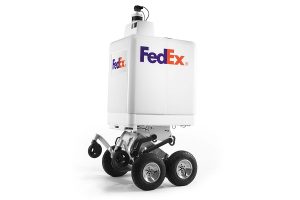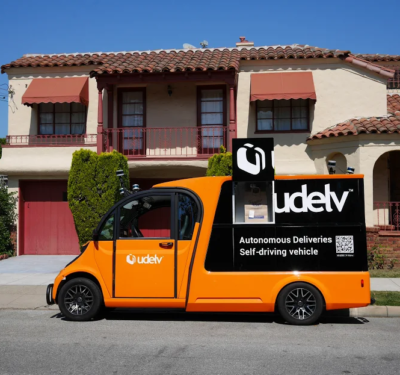The CES 2020 session titled What’s Next for Vehicle Automation featured a panel discussion moderated by Finch Fulton, deputy assistant secretary for Transportation Policy at the U.S. Department of Transportation along with Sterling Anderson co-founder and chief product officer for Aurora, Josh Switkes, co-founder of truck technology and automation company, Peloton Technology, Deborah Hersman, chief safety officer at self-driving technology development company, Waymo and Ralph Lauxmann, senior vice president Systems & Technology at German automotive manufacturing company, Continental Automotive.
With an emphasis on connectivity and vehicle automation, the panelists talked about levels of reliability and trust.
For instance, Peloton’s Switkes, who formerly developed production control systems for Volkswagen and Audi, pointed out, “The biggest challenge for autonomous trucks is getting that long range of sensing and perception with low rate of false positives and low rate of false negatives.. That’s more than a sensor challenge; it’s a sensor and software challenge.”
Aurora’s Sterling, who has a Ph.D. from MIT in robotics, highlighted the need for a compelling sensing solution for long range sensing. Instead of conventional pulse modulated amplitude systems, his company is focused on frequency-modulated continuous wave LiDAR, which opens up new opportunities for safe operations at high speeds.
When asked specifically what’s next for vehicle automation on the road to autonomy, the panelists all offered different perspectives. Lauxmann from Continental believes the first step to autonomous operation will be parking maneuvering in urban environments.
For Waymo, Hersman said, “The next few years are about building out the technology responsibly to eliminate the human causes of crashes. We’re continuously developing and expanding our product but also looking to successfully leverage our rideshare applications to trucking, to delivery and to personal car ownership.”
Switkes expects to continue safety benchmarks for its truck solution and will start to see “our automated following trucks in pilot phase on the highway with safety drivers.”
Aurora sees 2020 as the year of bringing platforms and partnerships together. Sterling said, “We’re excited about the partnerships we’re establishing, and I believe we’ll see the convergence of many investments in various spaces.”
From the U.S. DOT perspective, Fulton focused on the need to better define and use data generated by a vehicle to improve transportation safety. He said, “We have use cases and willing partners helping to figure out how to create data. We have connected projects. We can look at bits of data and start to see use case applications that can help save lives today.” In closing, he emphasized the importance of recognizing the value of data and the significance of industry input to the National Highway Traffic Safety Administration (NHTSA) initiative, “AV 4.0 – Ensuring American Leadership in Automated Vehicle Technologies.”






